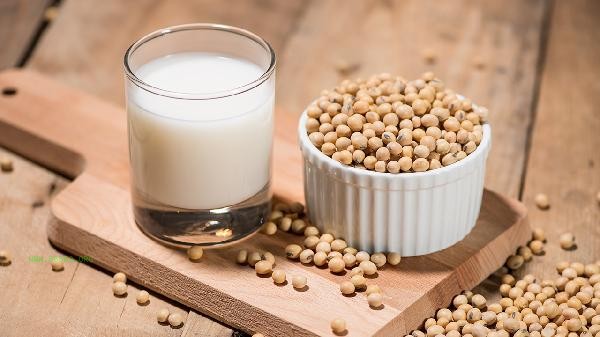After the soybean milk machine finishes beating, there are many dregs that can be improved by adjusting the proportion of soybean water, filtering soybean dregs, replacing grinding parts, soaking beans in advance, and using fine mesh filters.

1. Adjust the ratio of bean to water
The ratio of bean to water directly affects the consistency and residue amount of soybean milk. If there are too many beans and too little water, soybean milk will produce more bean dregs due to insufficient grinding. It is recommended to add beans and water according to the proportion recommended in the instructions of the soybean milk machine. Generally, the ratio of dry beans to water is 1:10 to 1:12. When using it for the first time, you can try a small amount and adjust the proportion according to the taste.
2. Filter the bean dregs
Use a fine gauze or a special soybean milk filter screen to filter the beaten soybean milk for the second time, which can effectively remove the residual bean dregs. When filtering, pour soybean milk into the filter screen, and gently press the bean dregs with a spoon to help the liquid leak out. The filtered soybean residue is rich in dietary fiber and can be used to make soybean residue cakes or added to flour to make noodles, avoiding waste and increasing nutrition.
3. Replace the grinding part
The blade of the soybean milk machine is worn or the aperture of the filter screen is too large, which may lead to incomplete grinding. Check whether the blade has passivation or gaps, and replace the original blade if necessary. Some models are equipped with filters of different mesh sizes, which can be replaced with finer filters to reduce slag sensation. If the old model still has serious slag after repeated maintenance, it is recommended to consider replacing the new broken wall soybean milk machine.

4. Soaking beans in advance
Grinding dried beans directly will increase the machine load, resulting in coarse particles. Soak soybeans, black beans, etc. in clean water for 6-8 hours in advance to fully absorb water and soften the beans. In summer, it is necessary to refrigerate and soak to prevent spoilage. After soaking, rinse thoroughly before use. Small particle legumes such as mung beans can be shortened to 4 hours, and soaking can improve pulp yield and reduce residue.
5. Use fine screen
Some soybean milk machines are equipped with removable multi-layer screens, and stainless steel screens with higher mesh size can intercept finer particles. Before use, check if the filter screen is deformed or blocked, and regularly clean the mesh with a soft bristled brush. For wall breaking machines without filter designs, an additional external filter with a mesh size of 80 or more can be equipped for fine filtration.

It is recommended to choose fresh and plump beans when making soybean milk. Old beans have low milk yield and are prone to produce rough dregs. Immediately clean the machine after pulping to avoid dry soybean residue, and use a small brush to clean dead corners such as the blade base. If there is a large amount of soybean residue and accompanied by abnormal motor noise for a long time, it is necessary to contact after-sales service to test the performance of the machine. In daily life, the filtered soybean residue can be mixed with eggs and vegetables and fried, or dried as baking ingredients to achieve full utilization of nutrients.








Comments (0)
Leave a Comment
No comments yet
Be the first to share your thoughts!